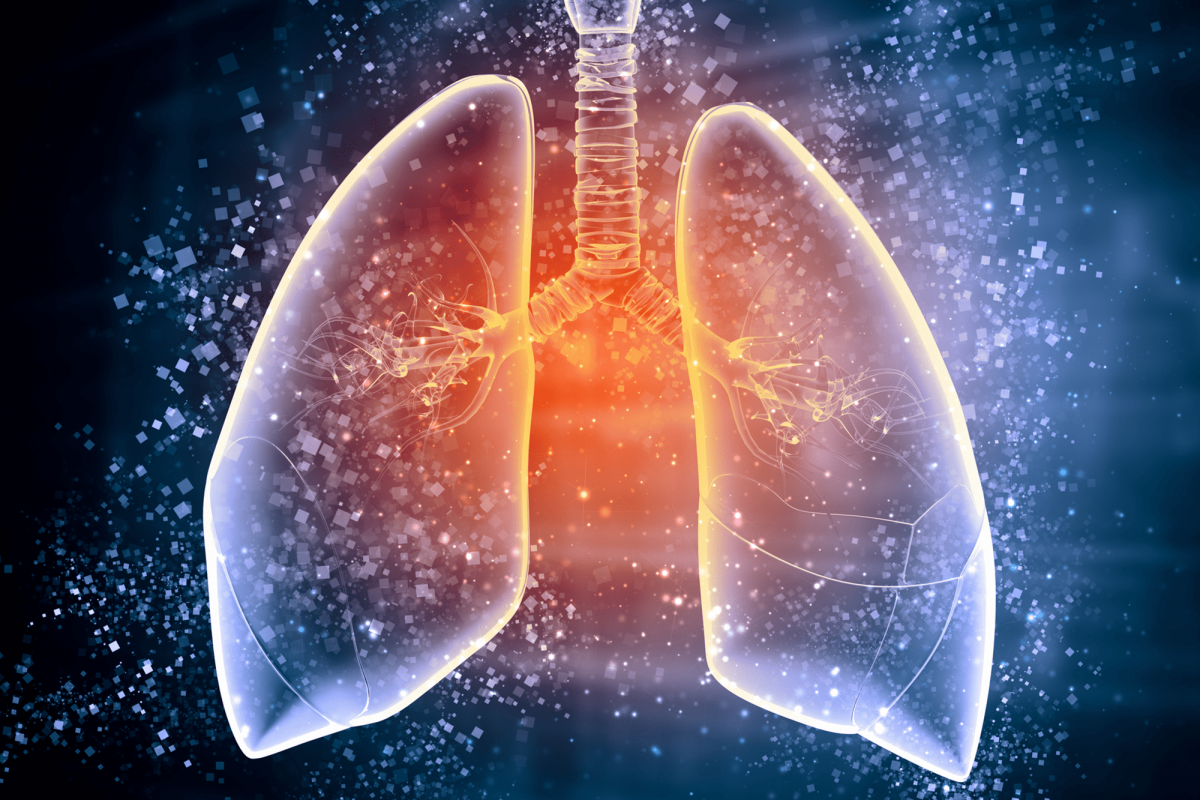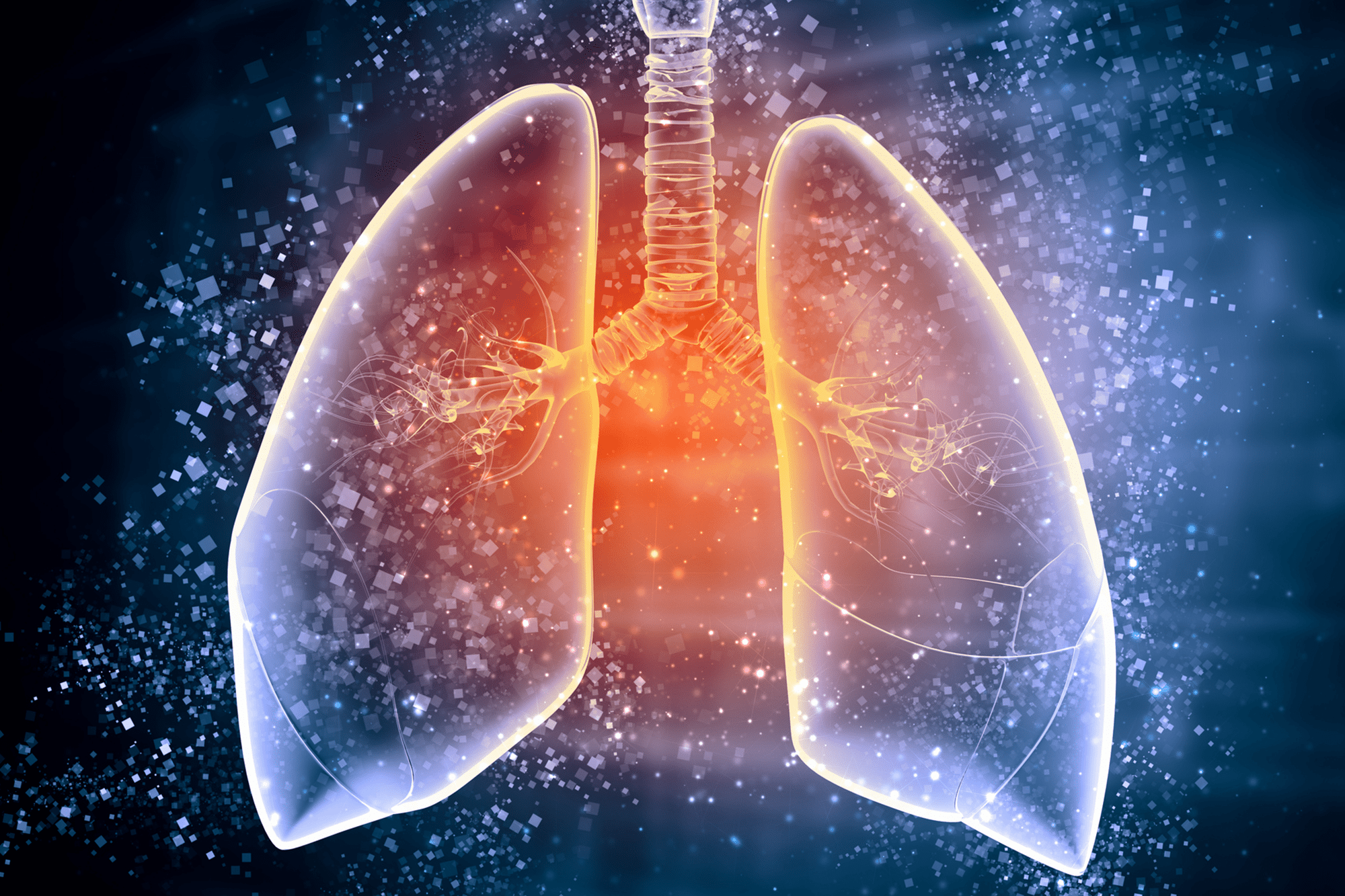Busting myths about Tuberculosis and it’s spread

India is the highest burden country for tuberculosis. In India today, two deaths occur every three minutes from tuberculosis (TB). But these deaths can be prevented. With proper care and treatment, TB patients can be cured and the battle against TB can be won.
Here are the tuberculosis facts that you should remember, and the myths to avoid:
Myth: TB is easy to catch
Fact: As much as anyone can get TB, it is not spread through touching, hugging or holding hands. If you’re outdoors, then you’re also less likely to be infected by TB because when an infected person coughs outdoors, the germs are diluted in the air. The germs are more likely to be swept away by the wind or killed by sunlight. To be infected by TB you would have to be in close contact with someone who has TB and most likely in a closed room or space (eg travelling in a taxi with a TB infected person). This is why people with TB are advised to stay away from closed, crowded spaces because they are less likely to infect someone in an open space (especially if they’re only in it for a short time). For this reason, a TB infected person should always cover their mouth when they cough.
Myth: TB is just a lung disease
Fact: Although TB does present itself mostly as a lung disease, the infection can spread through your blood from the lungs to all organs in your body. This means that you can develop TB in the pleura (the covering of your lungs), in your bones, the urinary tract and sexual organs, your intestines and even in your skin.
Myth: Tuberculosis (TB) only occurs in lower socioeconomic groups
Fact: Tuberculosis can be contracted by anyone, although certain populations such as immigrants, people with reduced immunity, elderly, homeless, and others are at a greater risk. Individuals into contact with these people are also at risk.
Myth: TB is caused by excessive smoking
Fact: Smokers are predisposed to developing respiratory diseases. However, TB is caused by the bacterium Mycobacterium tuberculosis. So smoking increases the risk of developing tuberculosis.
Myth: Tuberculosis can be detected by blood and radiological (X-Ray/CT scan) investigations
Fact: TB cannot be 100% detected by these test. Blood investigations and radiological investigations are supplementary tests. The final diagnosis of pulmonary tuberculosis is sputum test or any secretions from lung, and for another site, tuberculosis is tissue examinations.
Myth: TB is not curable
Fact: TB is curable when early and proper diagnosis and proper medicines are given. and when a full course of treatment has been taken by the patient.
Myth: TB is genetic/hereditary
Fact: Contrary to some beliefs, TB does not come climbing down a family tree. Like the common cold or a bad cough, when a patient coughs, bacteria are released into the air. A person with tuberculosis will stand a chance to infect anyone with striking distance. The reason why so many thought it was genetic was that it usually spreads to those physically nearest to you, in most cases family members.
Myth: All TB patients are infectious
Fact: After four to eight weeks of undergoing appropriate treatment many patients become non-infective. This helps reduce the risk of catching TB for everyone around the person. ‘
Request a call back



 Call-an-Ambulance
Call-an-Ambulance



